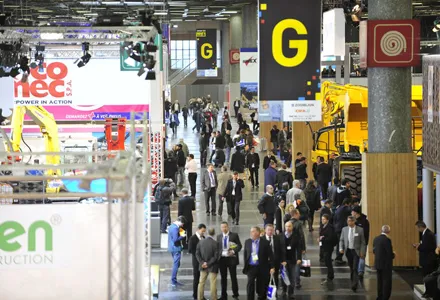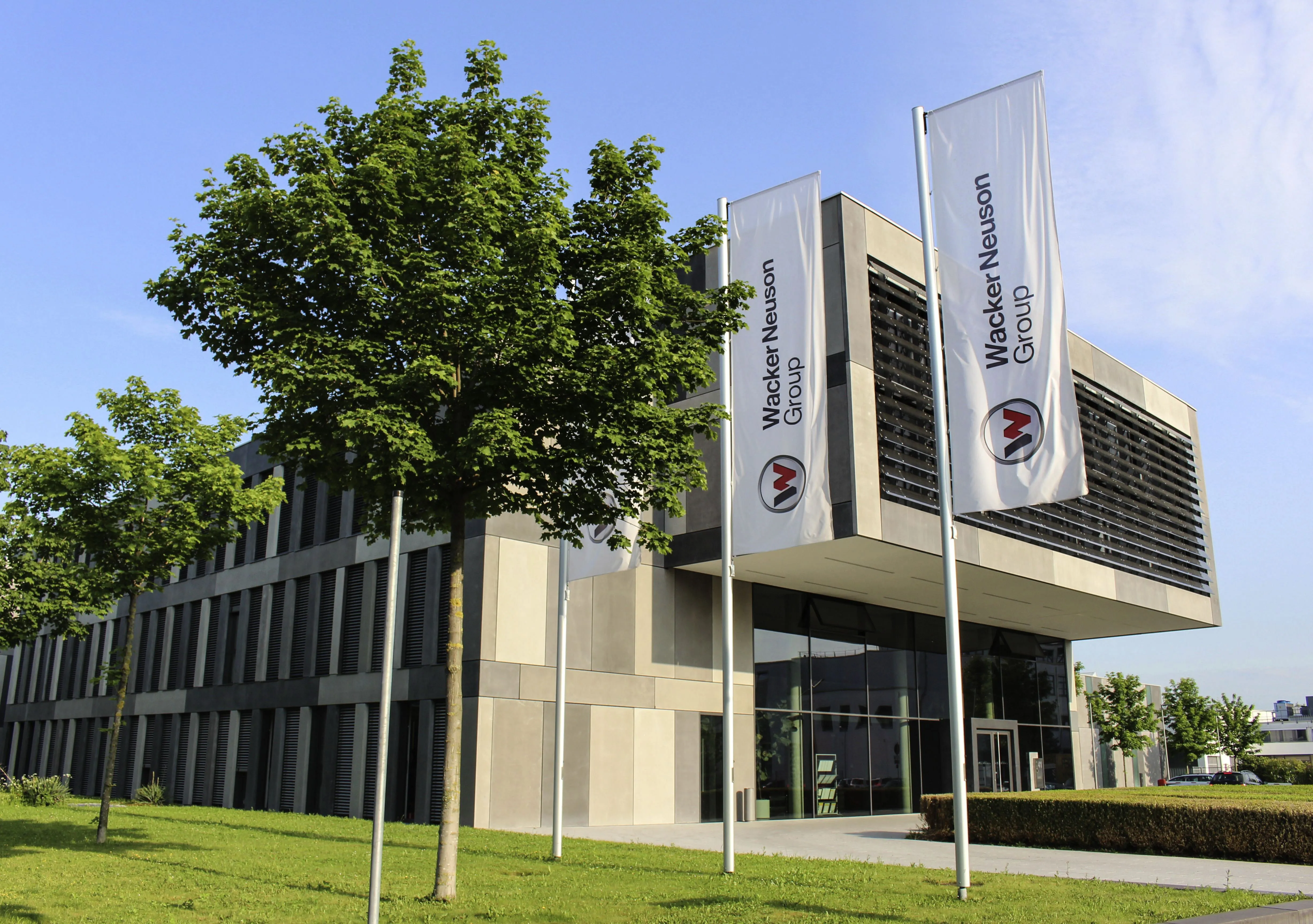
While the European construction equipment market is still some 40% below the record levels of 2007, there are definite signs of a recovery in the industry. This was revealed by Eric Lepine, president of CECE (the
In 2014, the European construction equipment industry was already back to significant growth, albeit coming from low levels. For 2015, CECE is forecasting that the level of 2014 is to be maintained as further growth is mainly expected to come from hard-hit markets such as Spain, Portugal and Italy whereas matured markets such as the UK, Germany or Scandinavian countries which experienced already robust growth in 2014, will likely remain stable. The outlook for France, one of the biggest construction markets in Europe, is rather gloomy for 2015. Investments there have almost come to a standstill: rental companies which belong to the industry’s major customer groups, do not show promising signs of buying activities. “Looking at the longer term, 2016 should see a continued slow recovery of our industry in Europe,” predicted Lepine. “The construction equipment sector is still showing a huge disparity between several European countries but CECE believes that the gap is not getting bigger.” In global terms, the bright spot for the industry is North America. As Europe is an important supplier to the USA, several companies should benefit from the positive market development. In 2014, Germany remained the largest market in Europe with a 23% share while the UK’s 16% share was partly due to the recent construction boom. France had a 14% share. Lepine said that Russia and the CIS is still struggling because of the political situation and showed a 37% reduction in sales and while Turkey decreased some 30%, it is showing signs of improving.






